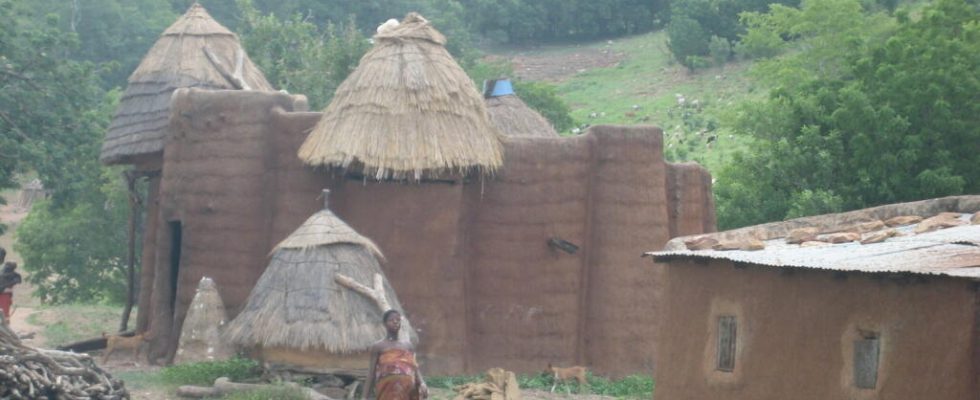The Committee responsible for examining the 53 applications submitted in 2022 and 2023 is currently meeting in Riyadh, Saudi Arabia. Objective: identify and protect cultural and natural sites that are of exceptional value to humanity.
1 min
This is the Odzala Kokoua forest massif, in the Republic of Congo, where one of the largest populations of elephants in Central Africa is found. In Madagascar, the dry forests of Andrefana are also recognized because of their exceptional biodiversity. They are indeed home to species of lizards and even birds that are unique in the world.
UNESCO also classifies cultural landscapes, that is to say natural spaces closely associated with the traditional way of life. This is the case with Gedeo, in Ethiopia, which brings together both sacred forests and megalithic steles. The Bale Mountains National Park, also in Ethiopia, also joins the ranking. The Koutammakou site, located in the north-east of Togo and already classified since 2004, has just been expanded to neighboring Benin. This extension thus covers the entire territory of the Batammariba population and its traditional tower houses.
Finally added to the list is Djerba, in Tunisia, and more precisely a settlement pattern dating back to the 9th century, then designed to adapt to a natural environment poor in water.
Two other African applications must still be studied, including the memorial sites of the Tutsi genocide in Rwanda.
Read alsoMadagascar: the authorities at the bedside of the Tsimanampetsosta national park
